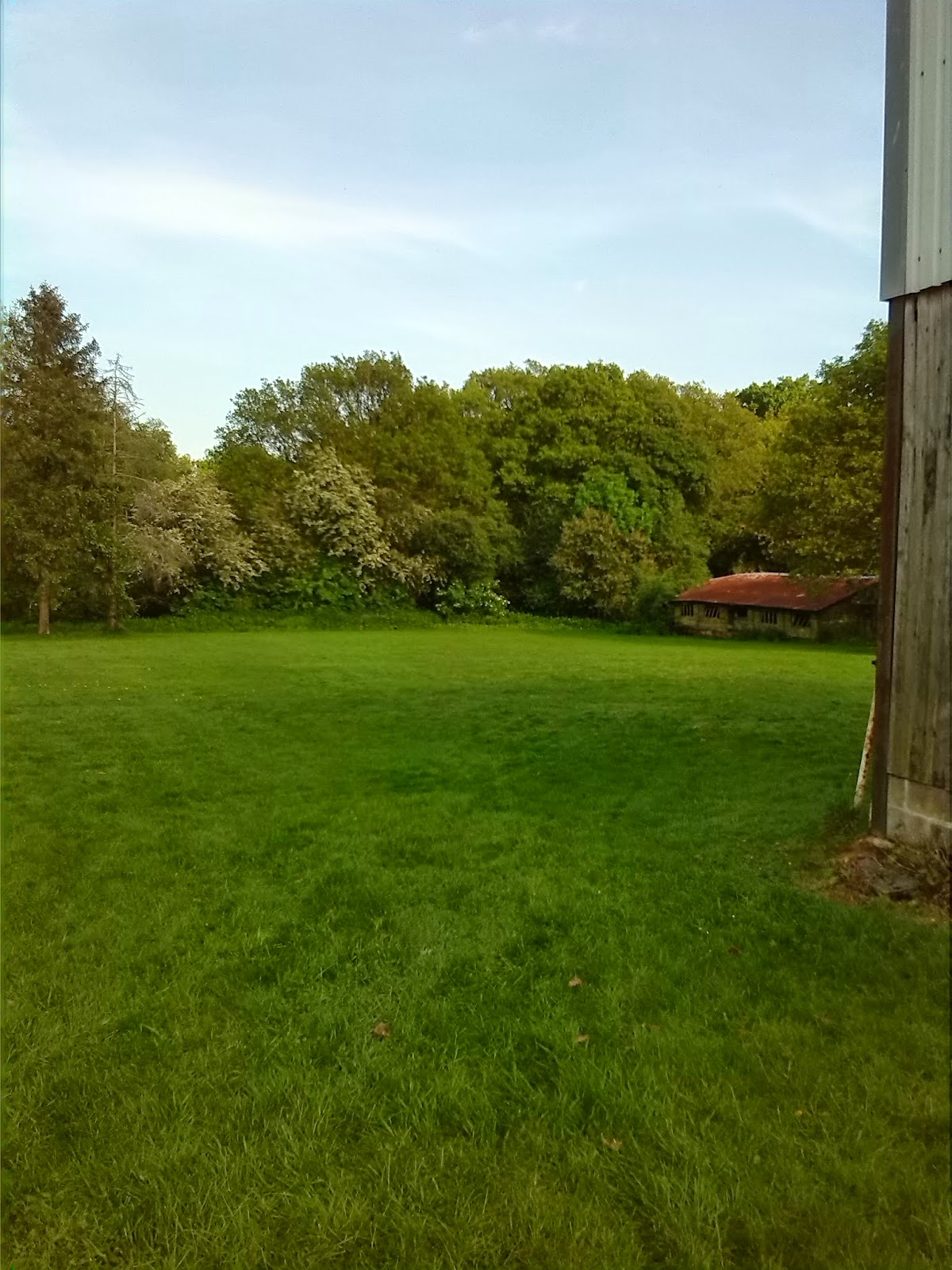- plenary sessions.
- assuming large groups of children.
- materials that can only be bought in large quantities
- materials that are very expensive. This seems to apply to worksheets for photocopying and to interactive whiteboard resources.
- using materials that are going to be difficult to obtain out of school.
Some other materials can work well for home educators. Positive signs are
- some mention of home educators on the website/reverse of books.
- books that can be bought in ones.
Is it ever worth using school curriculum? After all, now specific home education materials are available for most subjects and there is no requirement for home educators to use the National Curriculum.
UK state school materials follow the National Curriculum. For home educators, this can be a positive or negative.
Positives
- easier to take exams in the future particularly in the case of a subject like maths.
- it may take a future transition to school easier.
Negatives
- some of the materials seem tedious. I have not been able to find a UK primary science curriculum that is particularly interesting although I would welcome suggestions.
- National Curriculum materials tend to be written from a secular humanist perspective. This may be valuable if teaching the children to appreciate the worldview of materials but often will not give an adequate explanation of a Christian worldview.
- the concept of living books tends not to appear.
- materials often aren't particularly hands on. My daughter's recent maths sheet asked her to draw containers which could hold more or less than a litre. At home, it is easy to find containers and pour water in them to check how much they can hold.
UK materials that we have found easy to use are
- Schofield and Sims for mental maths, handwriting and spelling. Our world map also comes from this source. Their books tend to be cheap and cheerful!
- Galore Park primarily supply the private school market. We have used their maths and English textbooks although we found the geography worked less well.
- Cambridge Latin which has a helpful website with extra resources. We only used the first couple of books.
- 2Simple for French and typing.
What do you think? Are you a home educator? Do you use school books at all?
This post is linked to The Home Education Weekly link-up.
This post is linked to The Home Education Weekly link-up.
If you enjoyed this post you may like to follow Delivering Grace by Google Friend Connect, G+,Facebook, Pinterest or e-mail.





















